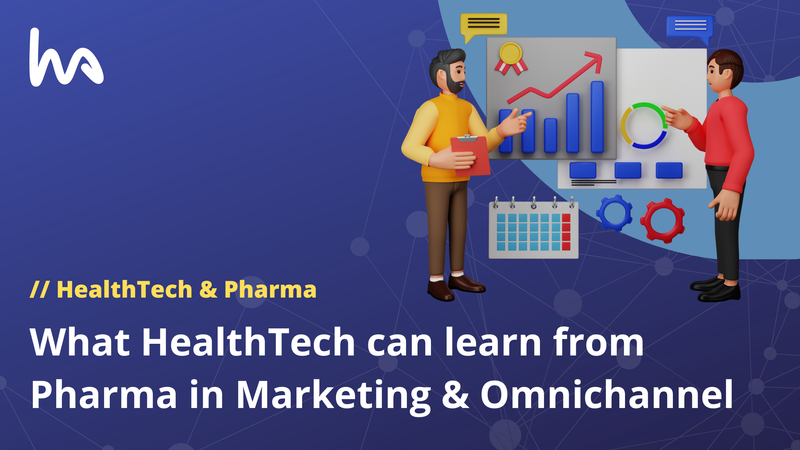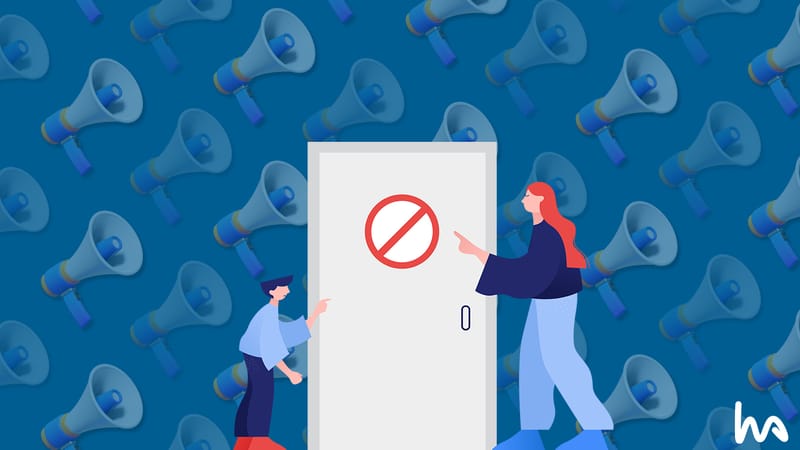Despite the known risks associated with improper HCP consent management, I still see many pharma companies taking it lightly and not utilising its true power!
Offhand consent practices open the door to compliance headaches that can seriously sidetrack your pharma organisation. It can invite HCP mistrust, regulatory actions and a huge dent in your brand.
As a digital transformation consultant, I've worked to improve HCP consent management at multiple pharma companies. After partnering with IT, CoE, CRM, Legal, Medical, Marketing, and other teams globally, I've been able to pin down the challenges and streamline consent management.
Based on my experience, I’ll highlight why HCP consent management MUST be a priority. I’ll also share the practical steps to strengthen your consent protocols.
Why Consent Matters When Engaging HCPs
In the digital age, it’s easier than ever for pharma companies to connect with HCPs through numerous channels like emails, apps, websites, and more. However, as Uncle Ben wisely said, “With great power comes great responsibility”. Proper, centralised consent management is key to compliantly engaging HCPs both online and offline.
Without proper consent, you not only run the risk of damaging relationships with the very HCPs you aim to inform and collaborate with, but worse. You are at risk of curating ‘Scattered Data’. Which then makes a smooth segway into violating consent laws like GDPR.
My 8 tips on how to Capture HCPs’ Consent Responsibly:
- Use consent forms - Create forms or other digital documents where HCPs can give their consent, both online and offline. But all this must feed into one data lake. Having this as a dynamic digital asset, allows HCPs to review the consent language before opting in. Also, avoid consent duplication. Users who already exist in your consent database, let them review preferences rather than re-capturing consent.
- Create your legal toolbox - Consider storing all your legal texts in one location which can be linked to wherever it needs to be used. Have a singular copy of your legal pages such as the Privacy Policy or Terms of Use. This saves you from managing multiple sources and makes life easier for the legal team.
- Get the legal team involved - Your colleagues from the legal and compliance team are currently pulling their hairs in trying to navigate through this jungle; get them involved.
- Single source of truth - You want all consent data to be stored in a single place. But there are regional-specific nuances that need to be considered for legal purposes. For instance, some countries require the data to be stored on local servers only and others require you to restrict access to consent data for local HCPs to only the local market.
- Make declining consent easy - Provide clear paths to opt out like unsubscribe links and buttons.
- Document and review consent - Retain detailed records of granted consent and keep it accessible to all relevant stakeholders. This way you’ll have a clear audit trail if questions arise later. Solid consent hygiene ensures you comply with HCP preferences.
- Localisation - If you're working as part of a global team, be sure to involve the local market experts to get an understanding of their requirements. The framework developed at a global level should be agile enough for local markets to seamlessly adapt and utilise.
- Integrate consent with marketing - Ensure your marketing platform is synced with the consent preferences. E.g. your email marketing platform should be updated with the latest consent preferences before an email is sent out. It should also include an unsubscribe link to update the HCP preference on your main consent DB.
With the right consent practices, you can gather valid HCP consent, enhance HCPs’ trust in your brand, and avoid regulatory penalties.
Leveraging Consent Management Platforms
Consent management is a dynamic activity. Naturally, I’ve seen pharma companies struggling to keep up with their consent management while using archaic processes.
Harnessing the power of a robust consent management system offers several advantages over a manual process. Purpose-built consent platforms such as OptInsight can make your life easier by:
Centralising Preferences - Stores all HCP consent data in one accessible database.
Syncing Systems - Integrates consent across your CRM, marketing tools, etc.
Automating Workflows - Activates opt-outs across channels automatically.
Providing Audit Trails - Generates reports showing HCP consent over time.
Localising Consent - Tailors consent flows based on region-specific regulations.
Enhancing Security - Stores HCP data more securely than standard databases.
By consolidating preferences, integrating systems, automating compliance, and providing transparency, consent platforms remove major friction from managing HCP consent.
Combining Consent Management and CRM.
A consent and preference management solution should sit alongside, and fully integrated with your Customer Relationship Management (CRM) system, like VEEVA, OCE or Salesforce. API integrations allows the Consent Management platform of your choice to remain the source of truth, which feeds into the CRM, and can be leveraged by other platforms.
To find out more on this - I'd recommend you read "How a consent and preference management solution improves the value of a CRM" by Erik
Don’t Take it Lightly
Proper consent management is crucial because HCP data is highly regulated. Laws like the GDPR in Europe imposes strict requirements around collecting and using protected user information. By not taking it seriously, you might be running the risk of eroding HCPs’ trust, causing real damage to your pharma brand and the inability to leverage this precious data when it comes to marketing.
Are your current consent management practices giving you headaches?
Book a free consultation call with me to dig out the weak points that can become a debilitating migraine later on.
Click here to book a free discovery call with me.





